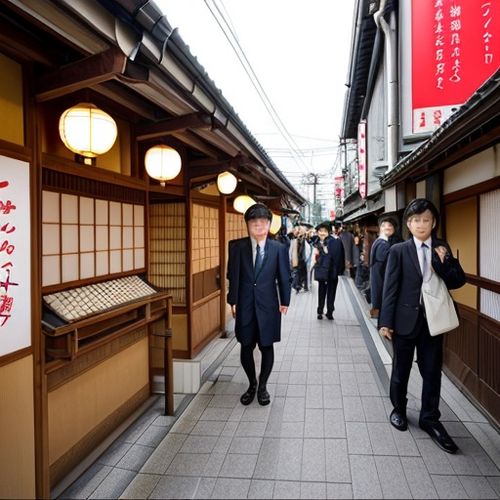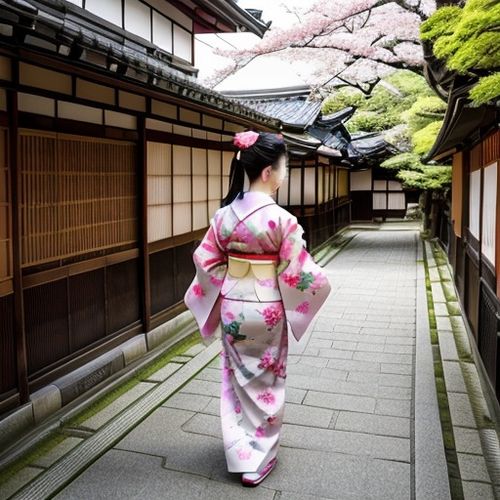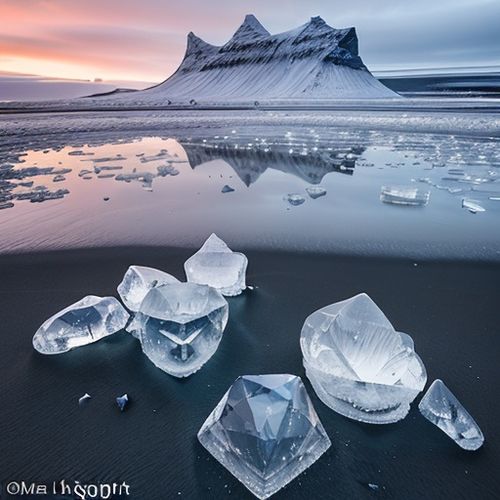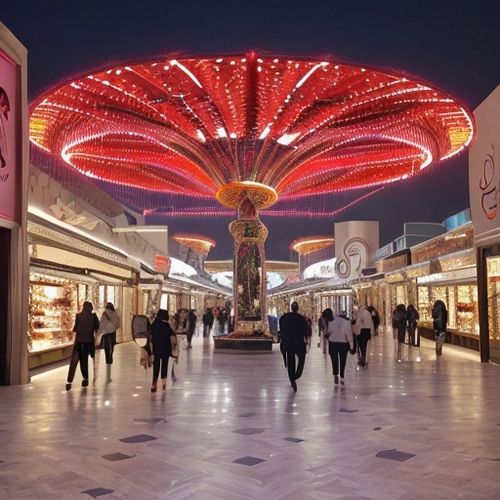Kyoto, the cultural heart of Japan, is renowned for its historic temples, serene gardens, and the timeless tradition of wearing kimono. For many visitors, renting a kimono to stroll through the city’s picturesque streets is a must-do experience. However, beneath the surface of this seemingly straightforward service lie hidden clauses and fine print that can turn a dreamy day into a frustrating ordeal. Unraveling these details is essential for anyone planning to don a kimono in Kyoto.
The Allure of Kimono Rental
Walking through the streets of Kyoto in a beautifully crafted kimono is like stepping back in time. The vibrant fabrics, intricate obi belts, and delicate accessories create a sense of connection to Japan’s rich cultural heritage. Rental shops, often clustered around popular tourist areas like Gion and Arashiyama, offer packages that include the kimono, obi, footwear, and sometimes even a photoshoot. Prices can seem reasonable at first glance, but the devil is in the details.
Hidden Costs and Surprise Fees
Many kimono rental shops advertise enticing base prices, but these often exclude essential add-ons. For instance, some shops charge extra for undergarments, which are necessary for proper fitting. Others might not include the tabi (split-toe socks) or geta (wooden sandals) in the initial quote, leaving tourists to pay additional fees at checkout. Weather-related charges are another common surprise—umbrellas or protective covers for rainy days often come at a premium.
Late return fees are particularly notorious. While the rental period is typically advertised as a full day, some shops impose strict return times, with hefty penalties for even minor delays. Tourists who underestimate the time needed to explore Kyoto’s sprawling attractions may find themselves hit with unexpected charges. Reading the fine print or asking pointed questions about return policies can save visitors from unpleasant surprises.
Damage Charges: A Contentious Issue
One of the most contentious hidden clauses revolves around damage fees. Kimonos are delicate garments, and even minor stains or tears can result in exorbitant charges. Some shops have been known to claim pre-existing damage or exaggerate the extent of wear and tear to justify additional fees. To avoid disputes, it’s crucial to thoroughly inspect the kimono before leaving the shop and document its condition with photos or videos.
Another gray area is the definition of "damage." Spills, makeup stains, or even sweat marks can be classified as damage, depending on the shop’s policies. Some tourists have reported being charged hundreds of dollars for what they considered minor imperfections. Opting for rental shops that offer insurance or protection plans, even at an additional cost, can provide peace of mind.
Language Barriers and Miscommunication
Many kimono rental shops cater primarily to international tourists, but language barriers can still lead to misunderstandings. Terms and conditions are often provided in Japanese, with only a brief English summary—if any. Critical details about cancellation policies, refunds, or liability may be lost in translation. Tourists who don’t speak Japanese may find themselves at a disadvantage when disputing charges or clarifying terms.
To mitigate this, some travelers recommend using rental shops with multilingual staff or booking through reputable third-party platforms that provide clear English explanations of the terms. Others suggest bringing a Japanese-speaking friend or using translation apps to review contracts before signing.
Crowding and Overbooking
Kyoto’s popularity as a tourist destination means that kimono rental shops can get overcrowded, especially during peak seasons like cherry blossom or autumn foliage. Overbooking is a common issue, with some shops accepting more reservations than they can accommodate. Tourists who arrive at their scheduled time may find themselves waiting for hours or even turned away due to lack of inventory.
Booking well in advance and confirming the reservation a day before can help, but even then, there are no guarantees. Some shops prioritize walk-in customers over those with reservations, leaving pre-booked visitors stranded. Choosing smaller, less commercialized rental shops or visiting during off-peak hours may improve the experience.
The Fine Print on Photography
Many kimono rental packages include a photoshoot, but the terms surrounding image usage can be restrictive. Some shops retain the copyright to all photos taken on their premises, prohibiting tourists from using the images for personal social media without additional fees. Others may charge extra for digital copies or high-resolution files. Tourists planning to share their kimono experience online should clarify these terms beforehand.
Additionally, some shops prohibit the use of professional cameras or external photographers, insisting that only their in-house photographers can take pictures. This can be disappointing for travelers who’ve hired a photographer or brought their own equipment. Always check the photography policy before booking.
Cultural Sensitivity and Respect
While not a hidden clause per se, the expectation of cultural respect is an unspoken rule that some tourists overlook. Wearing a kimono improperly or behaving inappropriately while dressed in one can draw criticism from locals. Rental shops often provide a brief tutorial on how to wear the kimono, but tourists should also take the initiative to learn basic etiquette, such as avoiding loud behavior or sitting carelessly in public spaces.
Some shops may refuse service to customers they deem disrespectful or unlikely to care for the kimono properly. This is less about formal policies and more about the shop’s discretion, but it’s a consideration worth noting.
Conclusion: Navigating the Kimono Rental Experience
Renting a kimono in Kyoto can be a magical experience, but it requires due diligence to avoid pitfalls. Hidden costs, damage fees, language barriers, and overbooking are just a few of the challenges tourists may face. By researching rental shops thoroughly, asking the right questions, and documenting the condition of the kimono, visitors can enjoy this cultural tradition without unwelcome surprises. Ultimately, the key lies in balancing preparation with the joy of immersing oneself in Kyoto’s timeless beauty.

By Benjamin Evans/Apr 11, 2025

By Amanda Phillips/Apr 11, 2025

By Ryan Martin/Apr 11, 2025

By Sophia Lewis/Apr 11, 2025

By Samuel Cooper/Apr 11, 2025

By Laura Wilson/Apr 11, 2025

By Eric Ward/Apr 11, 2025

By Samuel Cooper/Apr 11, 2025

By Thomas Roberts/Apr 11, 2025

By William Miller/Apr 11, 2025

By Megan Clark/Apr 11, 2025

By Michael Brown/Apr 11, 2025

By Sarah Davis/Apr 11, 2025

By Noah Bell/Apr 11, 2025

By Sophia Lewis/Apr 11, 2025

By Daniel Scott/Apr 11, 2025

By Samuel Cooper/Apr 11, 2025

By Joshua Howard/Apr 11, 2025

By Joshua Howard/Apr 11, 2025